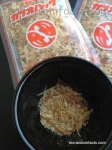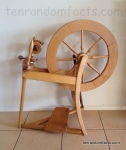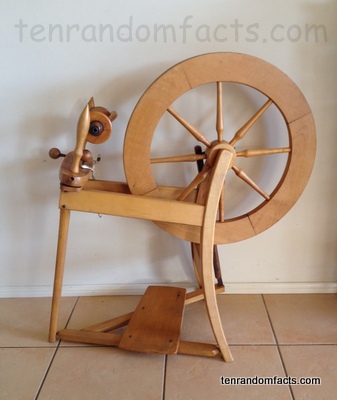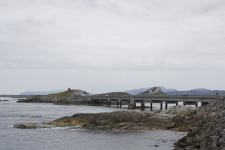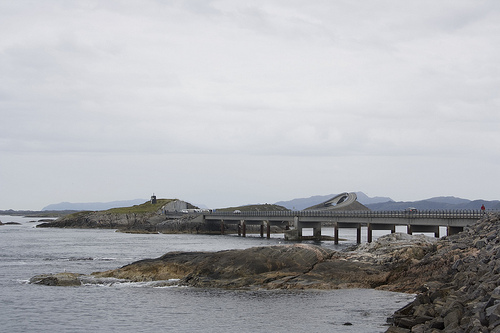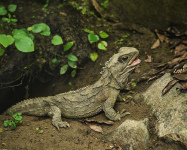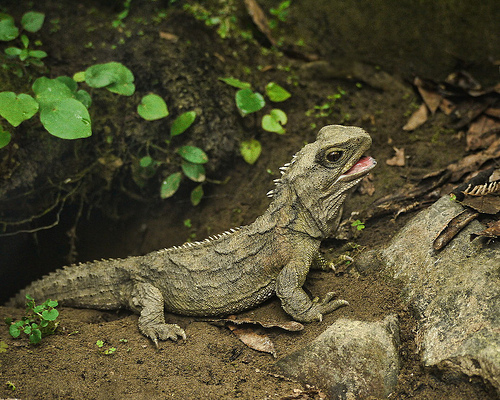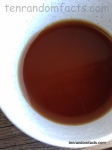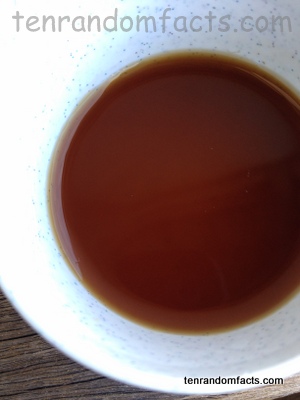
Fossas are Madagascar movie stars.
- Fossas are mammals that have an appearance similar to cats, although they are more closely related to the mongoose, and they are found only in the forests of Madagascar, an African island.
- Fossas have the scientific name Cryptoprocta ferox and are from the family Eupleridae, the family of carnivoran Malagasy animals.
- Fossas grow to be around 61 to 80 centimetres (24 to 31 inches) in length and between 5.5 to 12 kilograms (12 to 29 pounds) in weight.
- The word ‘fossa’ is also spelt ‘fosa’, which is the Malagasy word for the animal, and the pronunciation also varies, with an ‘o’ sound as in the word ‘clock’ or an ‘oo’ sound as in the word ‘food’.
- Fossas generally live alone, although they may kill and share prey together, and they communicate with yelps, calls, purrs and mews, as well as other body movements.
A Fossa
Image courtesy of Keith Williams/Flickr
- Fossas are carnivorous, preying primarily on Malagasy lemurs, as well as other animals including birds, rodents, lizards and tenrecs.
- Fossas have litters of one to six mixed gender cubs, born with closed eyes in isolated locations such as dens, and they live for 15 to 20 years and do not have any natural predators.
- Fossas are vulnerably endangered due to habitat destruction, which has caused a 30% decrease in populations from 1987.
- Fossas have short fur, typically light brown to black in colour, a long tail, marginally webbed toes and retractable claws.
- Fossas spend much of their time in trees, and they mark their territory, as well as communicate, with their scent glands.
Bibliography:
Fossa (Animal), 2014 Wikipedia, http://en.wikipedia.org/wiki/Fossa_(animal)
Fossa, 2013, A-Z Animals, http://a-z-animals.com/animals/fossa/
Fossa, 2014, San Diego Zoo, http://animals.sandiegozoo.org/animals/fossa






